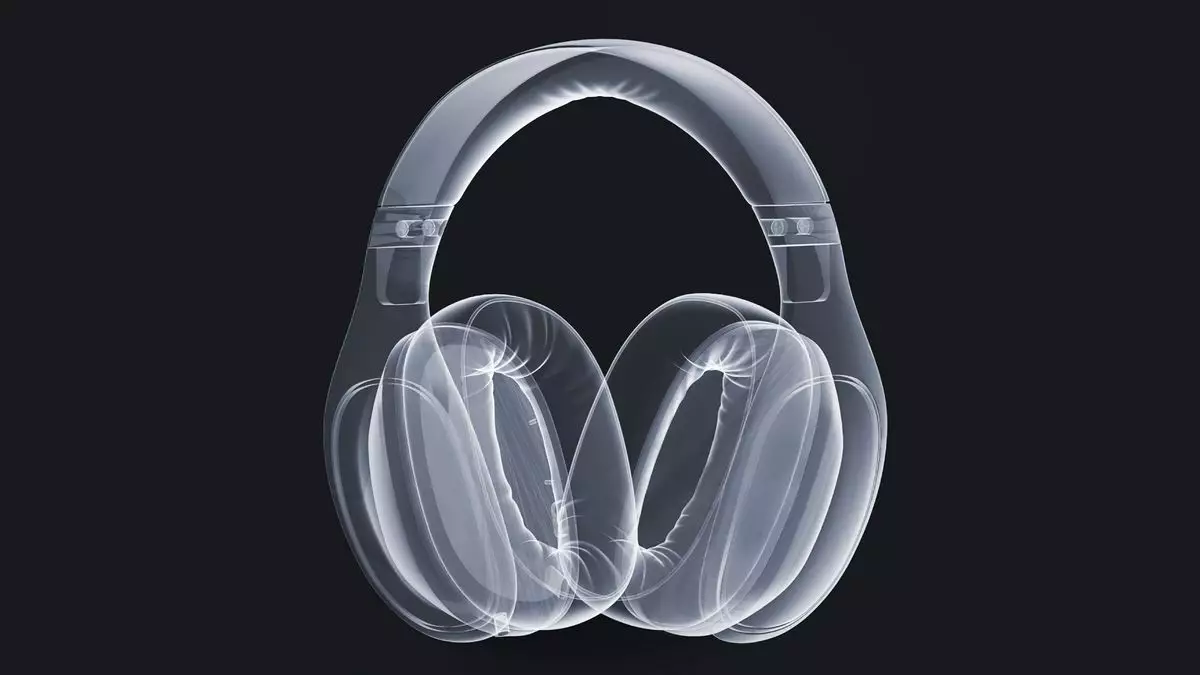Sound is an enigma that continues to captivate scientists and engineers alike. The fundamentals of how we perceive it have led to remarkable innovations, from basic acoustic improvements in our living spaces to groundbreaking technologies that allow for private auditory experiences. A recent study from Penn State College of Engineering shines a light on this innovative frontier, presenting a unique approach to sound transmission that transcends conventional boundaries.
The Science Behind Audible Enclaves
At the heart of this pioneering research lies the concept of ‘audible enclaves.’ Researchers have harnessed the properties of nonlinear self-bending ultrasonic beams to create sound zones that can be directed precisely where desired. This remarkable technique employs ultrasonic sound waves—frequencies exceeding 20 kHz, typically inaudible to the human ear. Through the intersection of two ultrasonic beams, auditory signals emerge, producing a sound wave that resonates in a specific location, effectively blurring the lines between speech privacy and public noise.
The brainchildren of this experiment, Professor Yun Jing and co-author Jia-Xin Zhong, expound on the methodology: by strategically placing ultrasonic transducers paired with an acoustic metasurface, they can isolate sound within designated “zones.” This creates a private listening experience akin to having a personal sound bubble, providing users with information while ensuring that those nearby remain blissfully unaware—a revolutionary leap in sound technology.
Transforming How We Experience Sound in Daily Life
Imagine standing in a bustling museum, your eyes transfixed on a masterful painting while simultaneously hearing the enthralling biography of its artist, but without disturbing the ambiance around you. The implications of this technology are immense—allowing for tailored audio experiences in crowded environments, where noise often hampers focus and engagement. It transforms communal spaces into individualized zones, making information interaction seamless and unobtrusive.
However, these ‘virtual headsets,’ as described by researchers, are still in their nascent stages. Current prototypes require sizable equipment, limiting sound delivery to a mere three feet. Despite this constraint, the prospect of refining this technology is tantalizing. As researchers continue to innovate, the dream of facilitating unobtrusive sound transmission may become a tangible reality.
The Artistic Side of Sound Bending
What makes this technology even more intriguing is its potential aesthetic dimension. Drawing parallels with optical lenses that bend light, these acoustic metasurfaces can imbue sound with a level of flexibility and control previously thought unattainable. The pursuit of sound manipulation invites artists and sound designers into the fold, prompting creative possibilities that could redefine acoustics in installations, performances, and beyond. The intersection of art and science breathes new life into how we engage with sound in public spaces.
Challenges and the Road Ahead
Despite thrilling prospects, hurdles remain in shifting from lab-based experiments to everyday applications. There lies the challenge of refining the apparatus to enhance portability while prolonging effective range. The pursuit should not merely focus on technological advancement but also on user experience—how sound is perceived and interacted with in various contexts will be a defining factor for its integration into our daily lives.
Moreover, ethical implications must also be scrutinized. The ability to envelop individuals in sound without them being aware has potential avenues for misuse. Safeguards and transparent usage protocols will be essential to ensure that technological wonders enhance our society rather than infringe on privacy or manipulate perceptions without consent.
The Future of Sound is Now
As we stand on the brink of a sound revolution, the distance between a dream and reality grows increasingly uncertain yet exhilarating. The marriage of advanced ultrasonic technologies with practical applications may not just redefine personal listening experiences but could also reshape communication as a whole. The relentless exploration of sound’s boundaries invites us to question how we perceive audio and the myriad ways it can enhance our lives, thus positioning us on the threshold of an innovative auditory era. Rather than merely grappling with the practicalities, we are encouraged to embrace the serendipitous chaos of invention and allow curiosity to guide us through this brave new soundscape.

